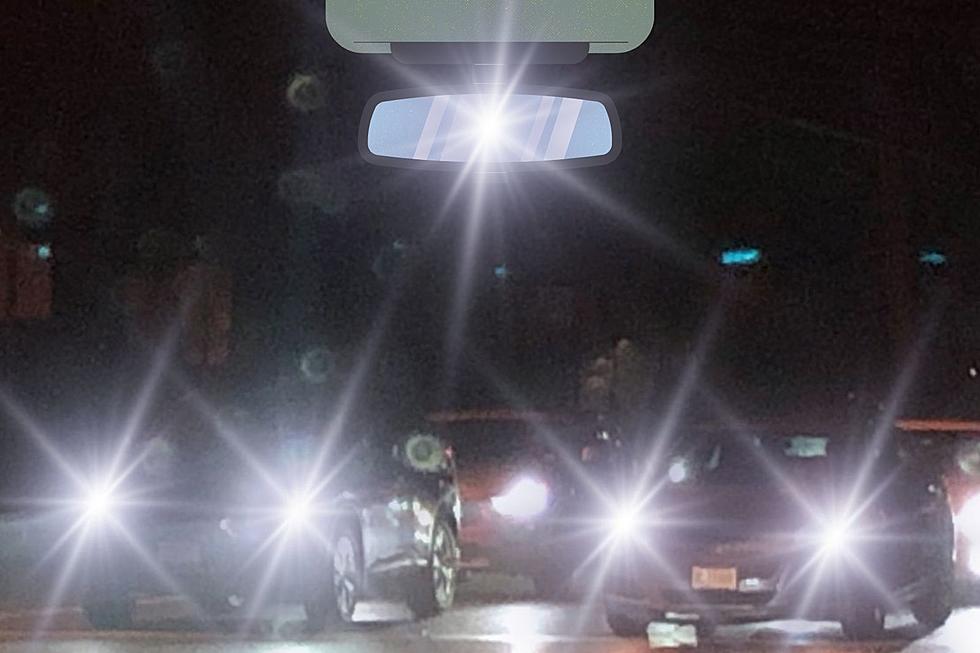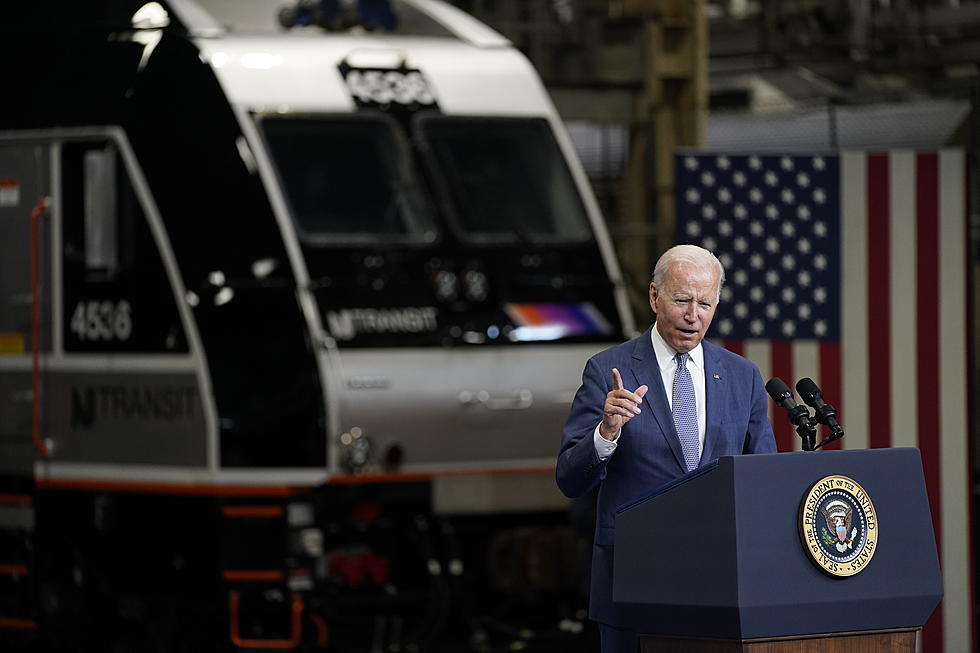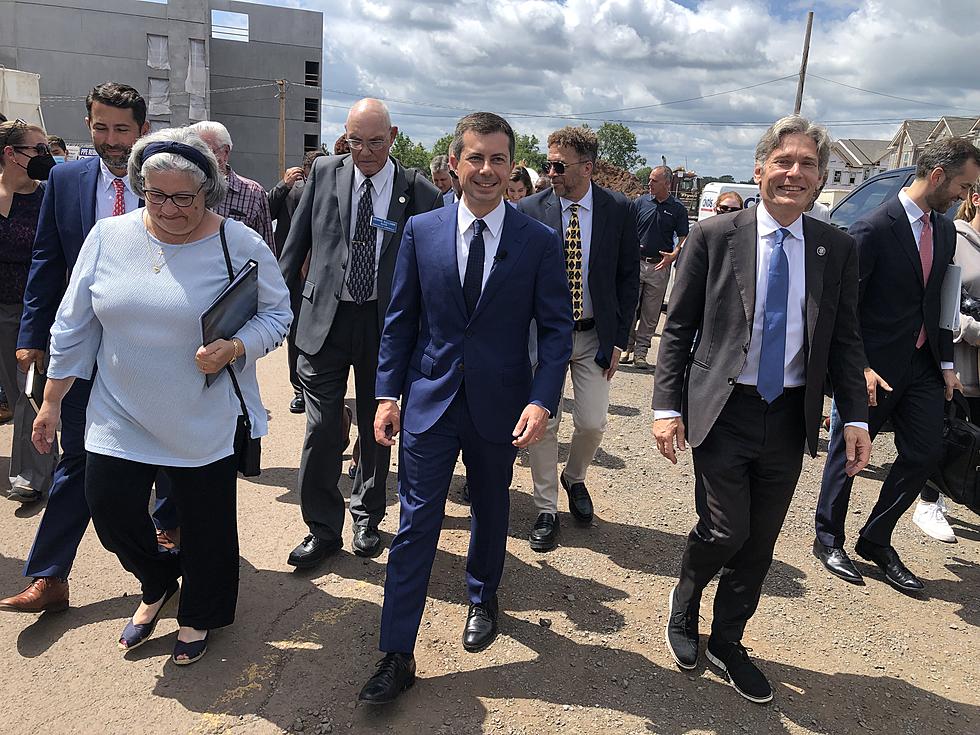![We Rely Less on Driving: Report [AUDIO]](http://townsquare.media/site/385/files/2013/08/driving.jpg?w=980&q=75)
We Rely Less on Driving: Report [AUDIO]
People across the country are relying less on their own vehicles to get them to work, and depending more overall on public transportation, according to a first-of-its-kind report from New Jersey Public Interest Research Group (NJPIRG).
"Transportation in Transition: A Look at Changing Travel Patterns in America's Biggest Cities" analyzed the rates of car commuting and other forms of transportation over the past decade in the nation's 100 largest urbanized areas. The proportion of workers commuting by private vehicle, including carpooling, declined in 99 out of the 100 regions.
"The percent of workers commuting by private vehicle in the Newark/NYC urbanized area fell 4.8 percent between 2000 and the 2007 to 2011 period -- the largest reduction out of the 100 largest urbanized areas in the U.S.," the report stated.
In the Philadelphia region, transportation to work by car decreased by 1.5 percent.
Both regions, meanwhile, saw a small jump in the percentage of people who ride their bike to work.
In Newark/NYC, passenger trips per capita on public transit increased by 14 percent between 2005 and 2010. In Philadelphia, however, the number of trips dropped.
"Policy makers need to wake up and realize the driving boom is over," said Peter Skopec, NJPIRG program associate. "Based on these national and local trends, we should be investing in public transit and other alternatives for the future."
Instead of focusing on building more highways, Skopec said, investments should be steered toward highways that already exist, as well as supporting the growing use of public transit, biking and pedestrian travel.
Skopec said the transportation shift doesn't seem to be driven by the slow economy alone. The American decline in driving began three years before the recession started, and driving has continued to stagnate four years into the recovery.
More From New Jersey 101.5 FM









